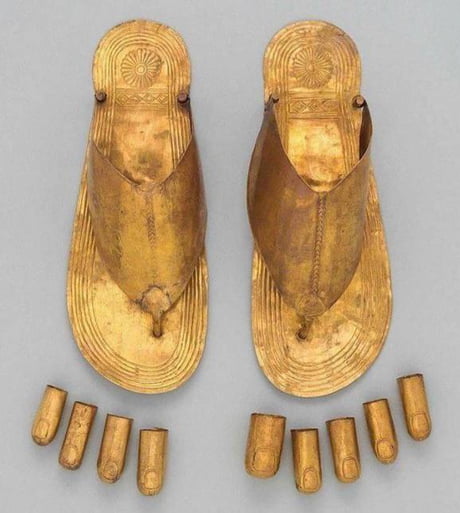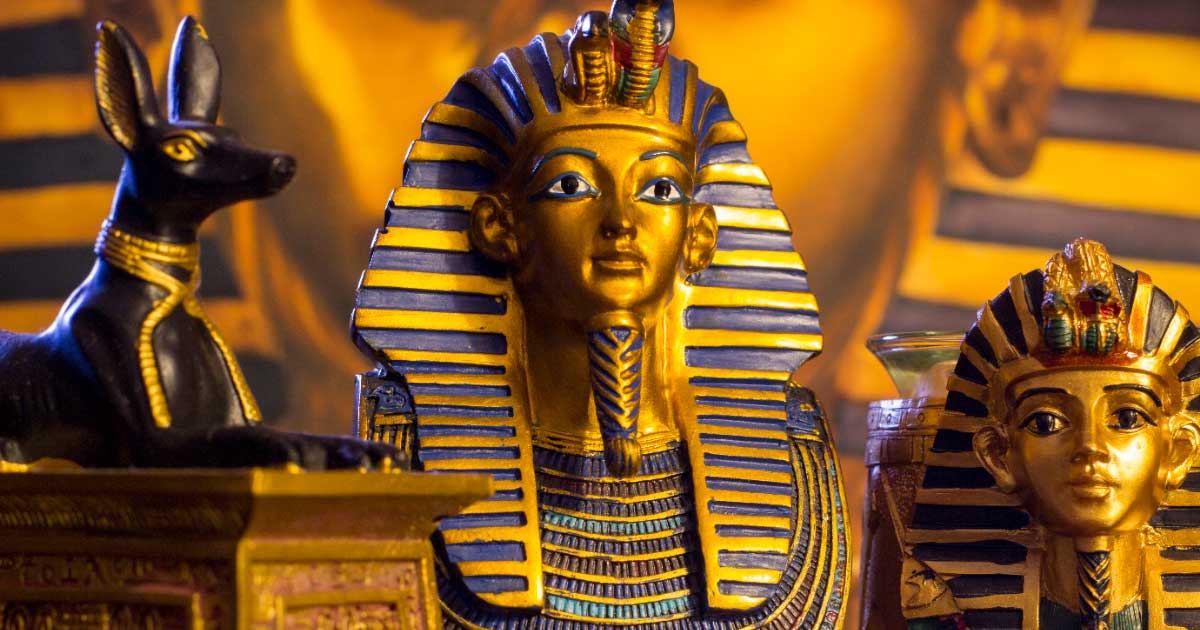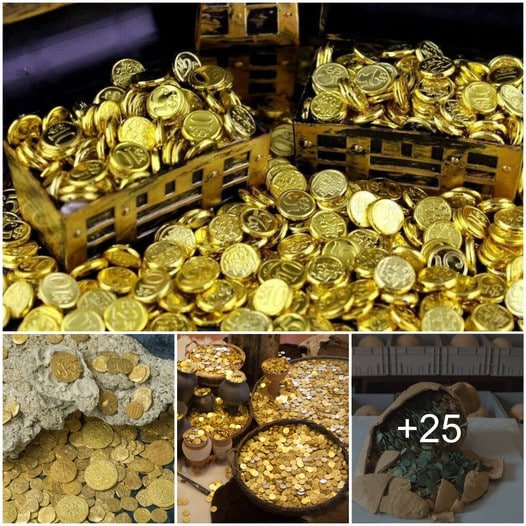Although ʂɛҳ and the City character Carrie Bradshaw is well-known for her impressive shoe collection and fashion sense, not many are aware that the infamous King Tut also had a large assortment of footwear.

The exciting reveal of Tutankhamun’s burial chamber KV62 by Howard Carter, a thrilling discovery in the world of Egyptology, made headlines globally in the 1920s. Although the iconic golden death mask has come to represent ancient Egypt, it wasn’t until 2007 that researchers extensively examined the king’s footwear.

Although the exact quantity of sandals found in King Tut’s tomb remains uncertain, researchers have uncovered approximately 80 samples. These sandals were placed in the tomb to accompany the king into the afterlife. Some of the sandals were found in remarkably good shape, while others were only represented by tiny pieces of foot straps. Among the most well-preserved were the gold sandals worn by King Tut’s mummy.

Andre Veldmeijer, a Dutch archaeologist and the author of the book Tutankhamun’s Shoes: A Look into Ancient Egyptian Footwear, conducted a thorough examination of 81 shoe samples found in Luxor Museum and the Egyptian Museum in Cairo. These shoes were part of the extensive collection buried alongside Tutankhamun, ranging from sewn sandals to beaded sandals. Back in the day, these shoes would have been a sight to behold, crafted with materials like gold, birch bark, plant fibers, gemstones, leather, and gold.

Genetic testing and evaluations of CT scans on the remains of King Tutankhamun have shown that he likely had birth defects due to inbreeding. These defects included a club foot and abnormalities in his feet, which would have made him walk with a limp and require the assistance of a cane.

In the collection of shoes found in his tomb, three pairs were notable for their unique design with horizontal foot straps below the toes. These straps were likely crafted to assist in his difficulty walking. Veldmeijer, in an interview with Discovery News, stated that these features were unlike anything found in any other type of footwear, sandal, or shoe.

Even more surprising is the discovery of bound enemies depicted on multiple pairs of sandals found in King Tut’s tomb. Scholars are uncertain whether these sandals were worn or merely symbolic, but the intricate designs show an African prisoner on one sandal and an Asiatic prisoner on the other, symbolizing the foes of King Tut’s kingdom. In ancient Egypt, art often served to make reality manifest, so the message was unmistakable: with every step the pharaoh took, he would be treading on the faces of his enemies.




